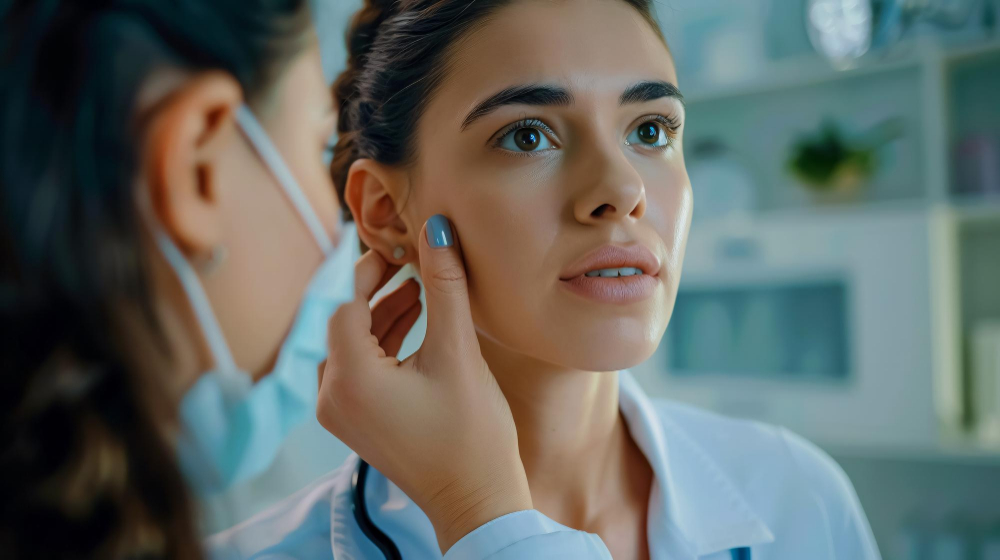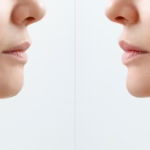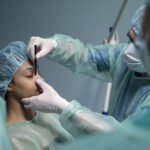
How to Treat and Prevent Keloids on the Ear: Insights from Dr. Jyoshid Balan
Treat and Prevent Keloids on the Ear Keloids, those raised, often unsightly scars that emerge after a wound heals, can be a source of frustration for many, particularly those predisposed to develop them. These stubborn growths, a result of the skin’s overzealous healing process, are more than just a cosmetic concern—they can be itchy, painful, and sometimes downright bothersome. But fear not, for Dr. Jyoshid Balan, a highly esteemed consultant plastic surgeon with a wealth of expertise in scar management, is here to shed light on how you can minimize the risk of keloid formation and ensure a smoother, healthier recovery.
The Nature of Keloids
Keloids are a product of the body’s attempt to repair itself after an injury. Rather than healing in a controlled, confined manner, the skin overproduces collagen, resulting in a scar that extends well beyond the original wound. This irregular healing process is more likely to occur in individuals with darker skin tones, a familial history of keloids, or even those with prior instances of keloid development.
Dr. Jyoshid Balan’s Guide to Preventing Keloids
- Proper Wound Care: A Fundamental Step
Dr. Balan underscores the importance of meticulous wound care, the very first line of defense against keloid formation. Keep the wound clean, covered, and protected from infection—a known trigger for excessive scarring.
- Gently clean the wound with mild soap and water.
- Use a prescribed ointment or antiseptic to stave off infection.
- Keep the wound dressed with a sterile bandage, changing it regularly.
The Power of Silicone Sheets and Gels
Silicone is, as Dr. jyoshid Balan aptly points out, the gold standard for managing scars. These products, available in the form of sheets or gels, should be applied once the wound has fully healed. They are proven to flatten and reduce the risk of keloids by minimizing collagen overproduction.
Avoiding Tension: A Subtle Yet Crucial Factor
Excessive tension on the wound—whether through movement or stretching—can worsen scarring. Dr.Jyoshid Balan advises limiting the physical strain on the affected area and avoiding activities that may stress the site, thereby reducing the chances of the scar becoming raised.
Pressure Therapy: A Proven Preventative Measure
For those with a higher propensity for keloids, pressure therapy is an effective method for managing scar formation. Special garments or dressings that apply gentle pressure can help flatten the scar over time, inhibiting excessive collagen growth.
Avoid Trauma: Don’t Aggravate the Wound
Itching, irritation, and injury to the area—these actions are often all it takes to stimulate keloid growth. Dr. Jyoshid Balan emphasizes avoiding scratching, picking, or rubbing the affected area, no matter how tempting.
- Corticosteroid Injections: Early Intervention Matters
For high-risk individuals, Dr. Jyoshid Balan suggests using corticosteroid injections early in the healing process. These injections can help reduce inflammation and regulate collagen production, preventing the keloid from forming in the first place.
- Be Cautious with Piercings and Tattoos
“If you’re prone to keloids, it’s best to be cautious with piercings and tattoos,” Dr. Balan advises. Areas like the chest, shoulders, and ears are particularly prone to keloid formation. A consultation with a dermatologist or plastic surgeon is recommended for those still determined to undergo such procedures.
- Consistency in Follow-Up Care: Never Underestimate Its Importance
Regular follow-up care is essential. Monitoring the wound’s healing progression can catch any signs of keloid formation early, allowing for timely intervention.
Lifestyle and Long-Term Management
- Hydrate and Nourish Your Skin: Proper hydration and skin care products, especially those containing hyaluronic acid or vitamin E, can help minimize scarring.
- Shield Your Skin from the Sun: Sun exposure has the unfortunate side effect of darkening scars, making them more visible. Dr. Jyoshid Balan recommends using sunscreen with an SPF of 30 or higher on healing skin.
- Maintain a Balanced Diet: The right nutrients, including vitamin C, zinc, and protein, are essential for optimal wound healing. Proper nutrition helps the body repair tissues more efficiently.
When to Seek Professional Advice
If you have a history of keloids or notice anything unusual during the healing process, consulting a specialist is paramount. As Dr. Jyoshid Balan emphasizes, “Timely intervention is the key to minimizing keloid formation.” Early consultation can help guide you toward the best possible treatment options.
Conclusion
Preventing keloids isn’t just about reacting to a wound—it’s about being proactive. By adhering to Dr. Jyoshid Balan’s expert advice on wound care and scar management, you can significantly reduce the risk of developing these frustrating scars, ensuring a smoother, healthier recovery.
For personalized advice and expert treatments tailored to your needs, consider reaching out to Dr. Jyoshid Balan today.



